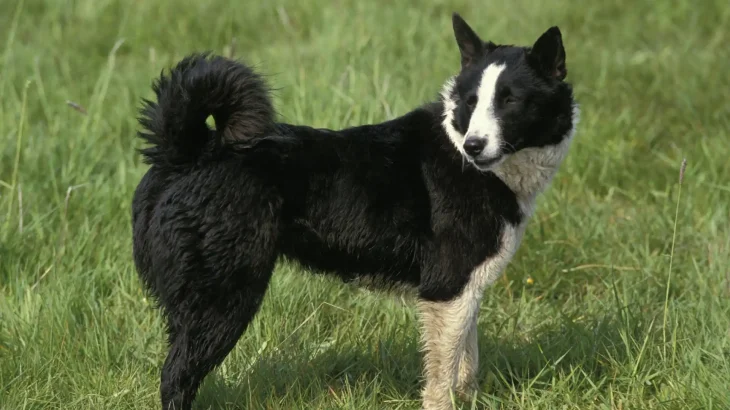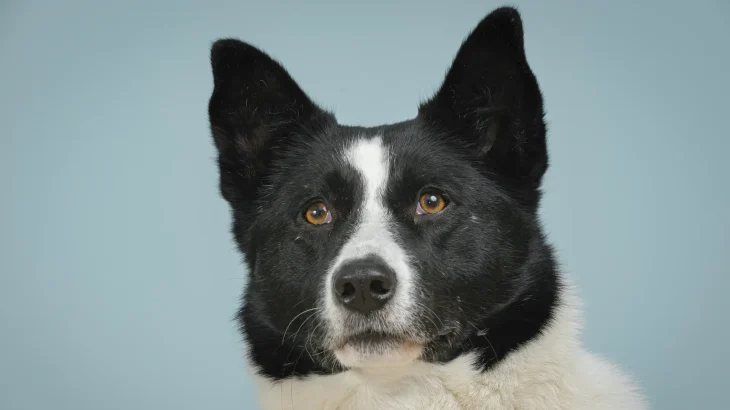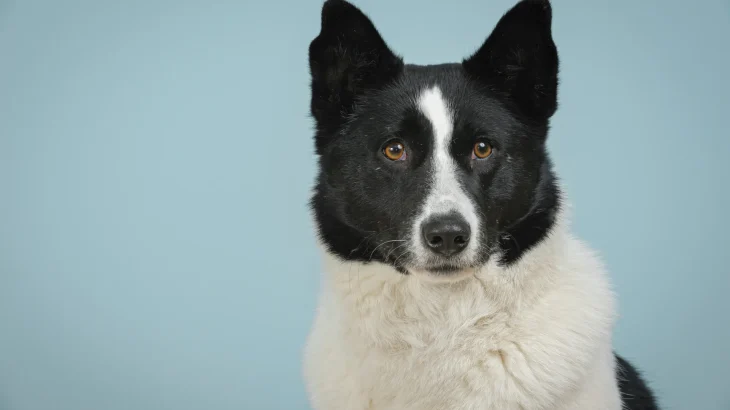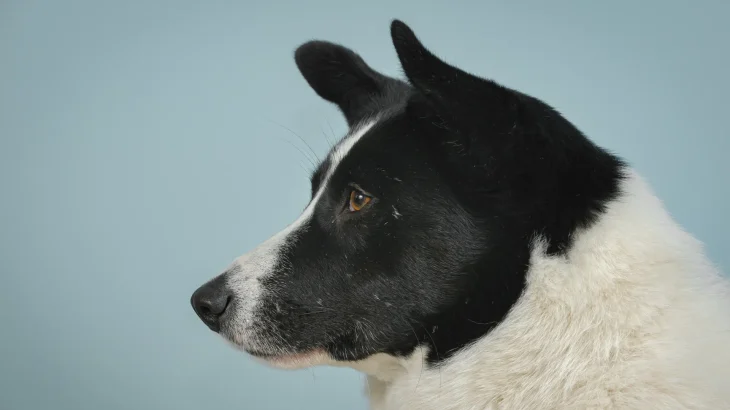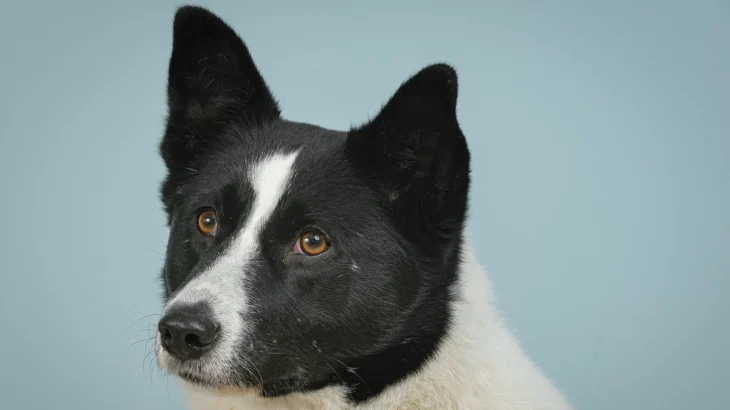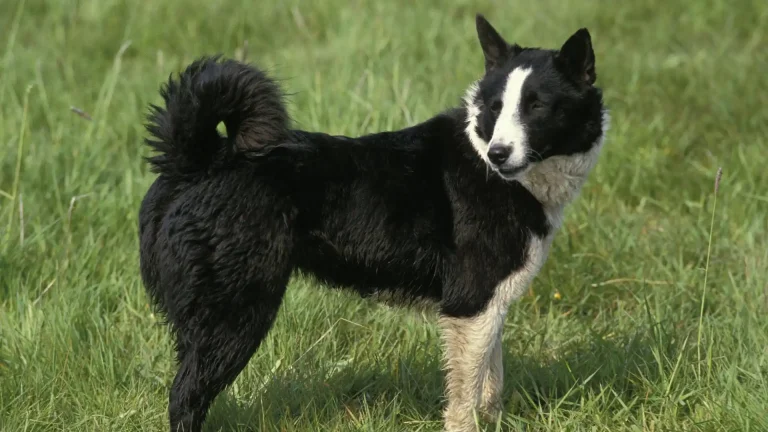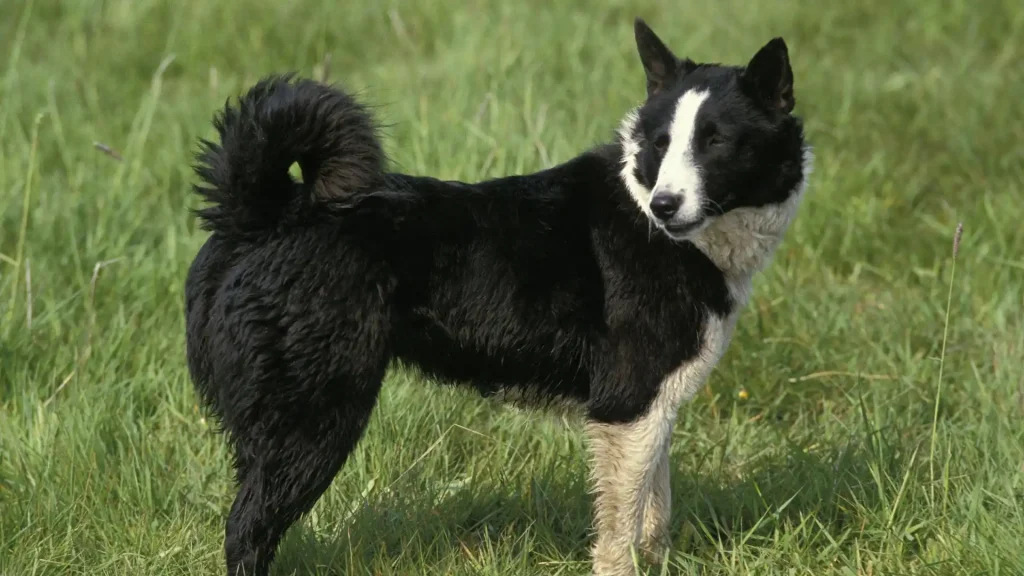When deciding between adopting or purchasing a Karelian Bear Dog puppy, it's important to consider the benefits of each option. Buying from a breeder often provides clearer insight into the puppy's lineage and health, while adoption offers a chance to give a home to a dog in need. The choice depends on your priorities like health transparency, cost, and ethical concerns.
Adoption vs. Breeder: Pros & Cons
| Criteria | Buying from Breeder | Adopting from Shelter/Rescue |
|---|---|---|
| Cost | Usually higher upfront costs, reflecting breed purity and lineage. | Lower fees, often more budget-friendly with possible negotiated costs. |
| Health History | Comprehensive records and genetic screening are usually provided. | Health history may be limited; basic health checks are typical. |
| Age Availability | Primarily puppies, allowing early socialization and training. | Varied ages, including adults, which may suit some lifestyles. |
| Breed Purity & Pedigree | Purebred status with pedigree documentation guaranteed. | Breed purity often uncertain; pedigrees typically unavailable. |
| Ethical Considerations | Supports responsible breeding if the breeder is ethical. | Helps animal welfare by rescuing dogs needing homes. |
| Return Policy & Support | Often includes contracts and breeder support. | Support varies; some shelters have limited or no return policies. |

